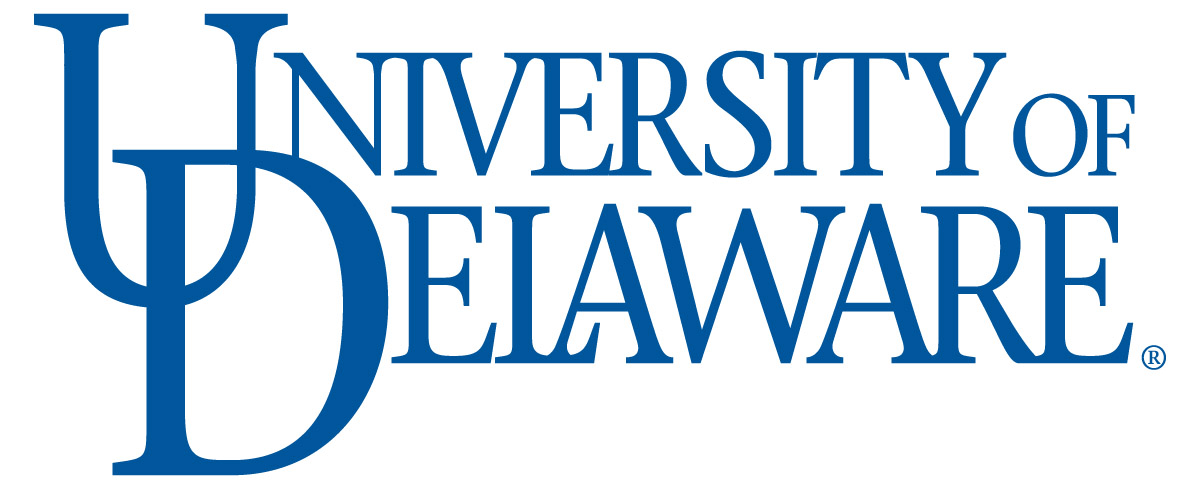On February 20, the University of Delaware's student paper, the Review, ran a quickie feature biography about my father using this local hook:
Did you know that Henry Heimlich, the physician credited with the creation of the Heimlich maneuver, was born in Wilmington?The piece had a handful of factual errors that I brought to the attention of Editor in Chief Marina Koren who promptly and capably published a corrected version.
Here's a screenshot from the original (which has since been disappeared from the paper's website):
When her story first appeared, I wrote Review reporter Anne Ulizio and asked where she located this information. I wasn't surprised when she wrote back that she'd found it on the website of the Heimlich Institute.
F'rinstance:
But according to a December 21, 2004 New York Times article by the preeminent science writer Lawrence K. Altman MD:
The first successful organ transplant recipient was a 23-year-old man from Northboro, Mass., named Richard Herrick, who had just been discharged from the Coast Guard.
On Dec. 23, 1954, he received a kidney from his healthy identical twin brother, Ronald, in an operation performed by Dr. Joseph E. Murray at what is now Brigham and Women's Hospital in Boston.
 |
| Dr. Dan Gavriliu (right) is inducted into the Royal College of Surgeons by Sir Rodney Smith (center), Leeds, 1976 |
Then there's this Sunday front-pager by reporter Robert Anglen from the March 16, 2003 Cincinnati Enquirer:
For more than 40 years, Cincinnati icon Dr. Henry Heimlich has been taking credit for a world-famous operation that was actually developed first by a Romanian surgeon behind the Iron Curtain.
In interviews, biographies and promotional materials, Heimlich has told anyone who would listen that he performed the world's first total organ replacement.
But even before Heimlich wrote his first article about the "Heimlich Operation" on dogs in 1955, the procedure had been performed dozens of times on humans by Romanian surgeon Dr. Dan Gavriliu, an Enquirer investigation has found.
Gavriliu now calls Heimlich a "liar and a thief." He says Heimlich not only took credit for the operation, but also lied when he said they co-authored a paper for an international surgery conference.
Heimlich denies any deception and says he has no idea why Gavriliu would be upset.
More from the Institute:
 |
| Author Rick Sowash and my father at WCET-TV, Cincinnati |
Another version of the story appeared in the 1998 book Heroes of Ohio: 23 True Tales of Courage and Character by Rick Sowash, this one with prayers and tears:
But from Thomas Francis's 2005 Radar Magazine story (the best soup to nuts article about how my wife and I exposed a variety of medical frauds perpetrated by my father):
Next, Peter and Karen took aim at a lesser-known invention, the "Heimlich chest drain valve," which was used on the battlefield in Vietnam to save soldiers from dying of a collapsed lung caused by a chest wound. According to Heimlich's press statements the invention saved tens of thousands of lives, including among the North Vietnamese, after the American Friends Service Committee shipped valves to both sides in the war. Henry often tells the story of a trip to Vietnam during which he received a hero's welcome because of his valve.
But the Quakers have no record of distributing the valve. Peter contacted the American Friends Service Committee, the Quaker group that provides aid in foreign conflicts. "They checked deep in the archives and contacted several staffers from the '60s," says Peter. "No one had even heard of the Heimlich valve." AFSC spokeswoman Janis Shields says that if the valves had been shipped to North Vietnam, there would have been documents. The AFSC's shipments to North Vietnam consisted primarily of penicillin.If my father's story were true, there's also this little matter from the Uniform Code of Military Justice:
Any person who--
(1) aids, or attempts to aid, the enemy with arms, ammunition, supplies, money, or other things; or
(2) without proper authority, knowingly harbors or protects or gives intelligence to or communicates or corresponds with or holds any intercourse with the enemy, either directly or indirectly;
shall suffer death or such other punishment as a court-martial or military commission may direct.
 |
| Jack Atherton |
"In Vietnam, every soldier carried a Heimlich chest drain valve attached to a sterile tube in an envelope in his pocket. If you were shot in the chest you didn't need a doctor or nurse. Your buddy could just take this apparatus, put the chest tube into the chest through the bullet hole, the valve was there, lung would come up and stay up, and they could fly them off later."
After the story aired, blogger Jason Haap e-mailed Atherton and his superiors, explained the errors in the story, and asked if the station intended to run a correction.
To my knowledge, the inquiry was ignored. (Atherton has since moved to WLWT, the Queen City's NBC affiliate.)
Readers of the University of Delaware student newspaper can be grateful that their paper holds itself to a higher standard!





